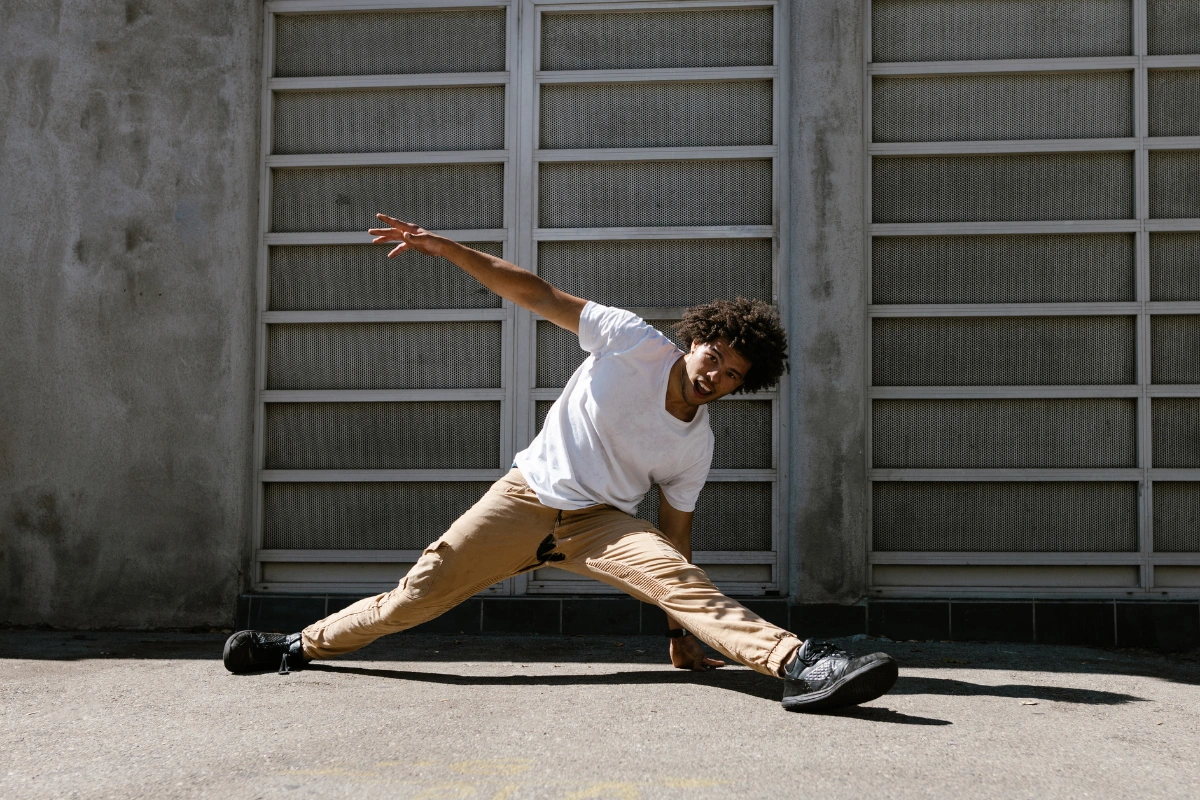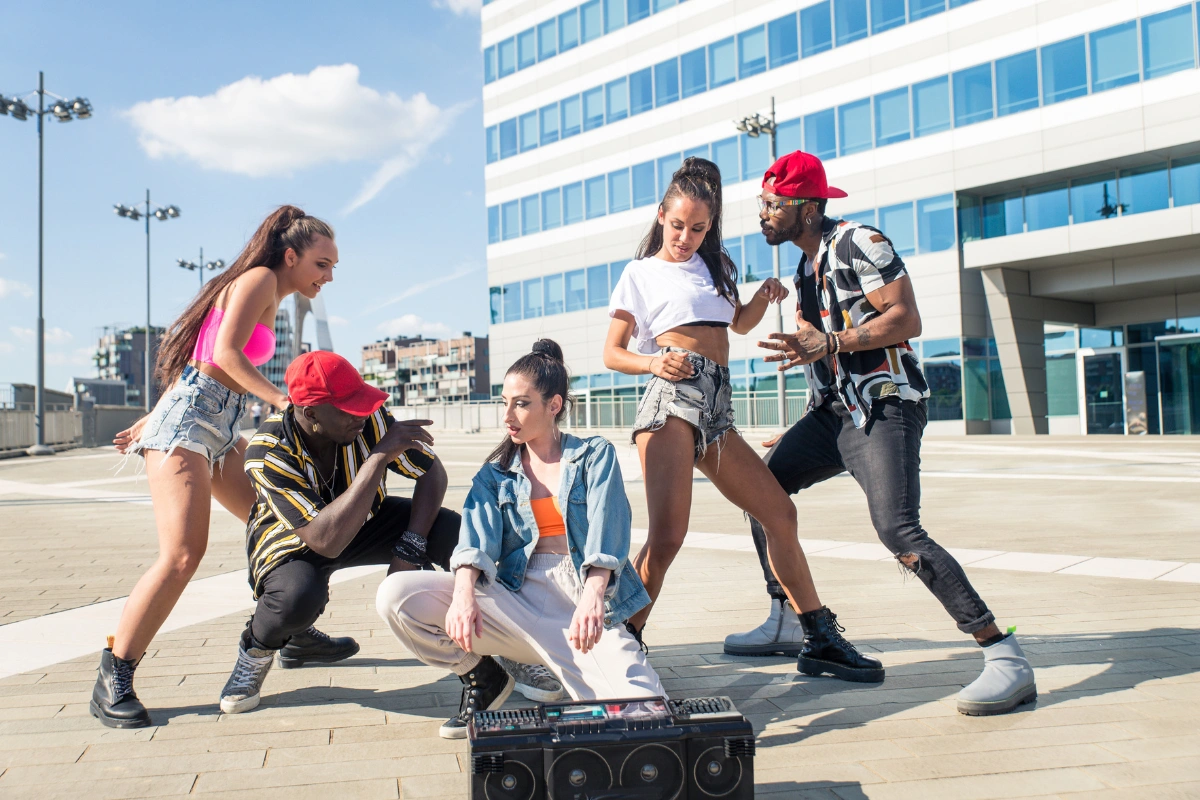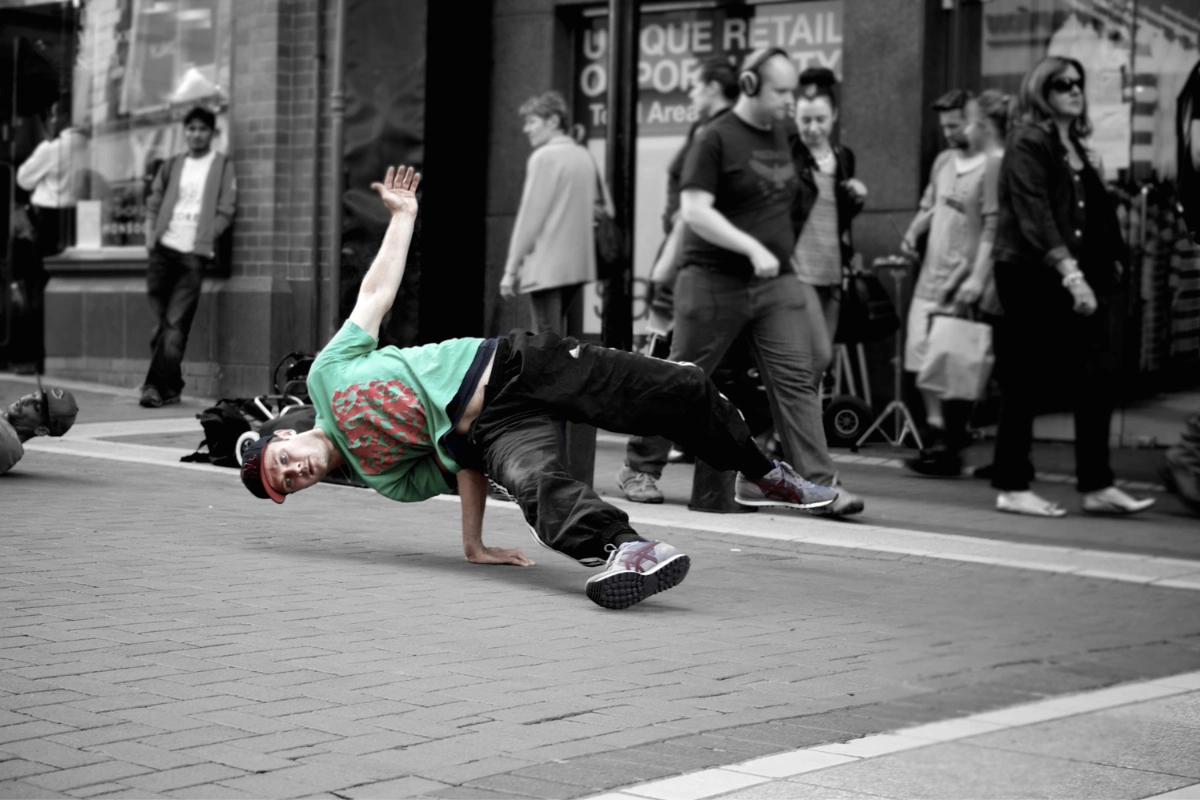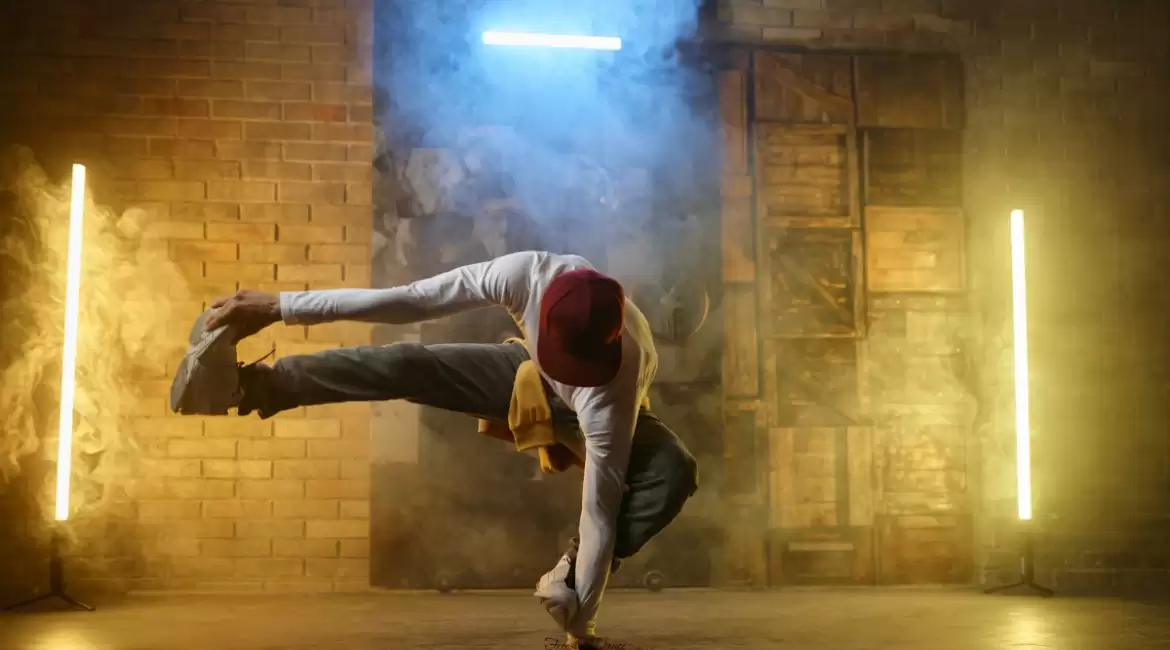Freestyle dance is a captivating form of self-expression that allows individuals to move to the rhythm of their own beat, unrestricted by predetermined choreography. Defined by its spontaneity and fluidity, freestyle dance transcends the boundaries of traditional dance styles, offering a platform for creativity and personal interpretation. In this guide, we will explore the essence of freestyle dance, delving into its definition and uncovering various ways to embrace this liberating art form. Whether you’re a seasoned dancer or just beginning your journey, join us as we discover the boundless possibilities of this dance style and learn how to unlock your inner dancer.
What is Freestyle Dance?
Freestyle dance is a style where dancers don’t plan their moves ahead of time. Instead, they improvise, expressing themselves with movements they feel in the moment.
It’s a way for people to be creative and express their emotions through dance. In competitions like the World Street Dance Championships, dancers from different styles compete to show off their skills, with the most skilled dancer taking the top prize.
Becoming really good at freestyle dancing takes a lot of practice over many years. While thousands of people compete in local and global competitions, only a few manage to become champions.
During a freestyle dance battle, dancers can use their favorite moves to create spontaneous routines on the spot. Each time they dance, it’s different because nothing is planned in advance.

Who invented Freestyle Dance?
Freestyle dance, as we know it today, has its roots in the vibrant cultural scenes of the 1960s and 1970s. Initially, during the 1960s, the disco era dominated the dance floors. People would groove to the beat of the music without much focus on specific dance moves. However, as the disco era faded in the 1970s, a new wave of dance emerged: street dancing.
Street dancing emerged organically when young people congregated at street corners or unique spots to showcase their dance talents. This grassroots movement quickly gained momentum, spreading rapidly from one street to another, and eventually across different states. The bustling cities of New York and Los Angeles emerged as the epicenters of this burgeoning dance culture.
Over time, street dancing evolved into a sophisticated art form. As new generations of dancers emerged, they brought with them fresh ideas and innovative moves, pushing the boundaries of freestyle dance. Today, freestyle dance encompasses a diverse range of genres, each with its own unique style and flair.
Popular freestyle dance genres include popping, locking, street jazz, and Krumping, among others. These styles continue to captivate audiences worldwide, showcasing the creativity and skill of dancers both old and new.
What is street jazz? Street jazz is a style of dance that blends elements of jazz dance with urban and street dance styles. It incorporates the fluidity and technicality of jazz dance with the groove and attitude of street dance, resulting in a dynamic and versatile form of movement.
Street jazz often includes a mix of traditional jazz steps such as kicks, turns, and leaps, along with elements borrowed from hip-hop, funk, and other urban dance styles. Dancers may also incorporate improvisation and freestyle movements into their routines, giving them the freedom to express themselves creatively.
Street jazz is commonly seen in music videos, stage performances, and dance competitions, and it has become a popular choice for dancers looking to explore different styles and expand their repertoire. It offers a unique blend of technique, style, and individuality, making it an exciting and engaging form of dance for both performers and audiences alike.

What is Krumping? Krumping is a style of street dance that originated in the early 2000s in Los Angeles, California. It is characterized by energetic and expressive movements, often involving quick, jerky motions, exaggerated arm swings, chest pops, and stomps. Krumping is known for its raw and aggressive style, with dancers often using their entire body to convey intense emotions and tell stories through their movements. It is often performed in freestyle battles or as part of dance crews, and its roots can be traced back to African-American communities in South Los Angeles. Krumping has gained popularity worldwide and is recognized as a distinct and influential form of urban dance culture.
Expert tips to improve your skills
If you’re someone who just can’t resist grooving whenever music fills the air and you’ve always been intrigued by street dancing, you’re not alone. Perhaps you’ve harbored dreams of competing on a global stage, but you feel held back by your current skill level.
Don’t worry, though. We’ve got you covered with some tried-and-tested tips to take your freestyle dancing to the next level.
Just Move
Instead of overthinking your movements, simply let yourself go. Play your favorite tunes and let your body respond naturally to the music, moving in whatever way feels right.
Don’t worry about how you look or whether you’re doing it “right.” The champions of freestyle dance stand out because they embrace their individuality, dancing in a way that’s uniquely theirs. Create a space for yourself where you can dance without judgment, free from fear, and fully embracing what makes you different. Keep moving to the rhythm of the music and let your authenticity shine through.

Choose a Specific Free Dance Style
Mastering any freestyle dance requires dedication and regular practice. To begin your journey into the world of dance, it’s important to identify the specific freestyle genre that resonates with you and matches your current skill level.
Instead of trying to learn multiple dance styles simultaneously, focus your efforts on mastering one style at a time. Each dance style presents its own set of challenges, and what might come easily to one dancer could prove more difficult for another. Whether you’re drawn to popping, locking, Krumping, hip-hop, or any other style, dedicate yourself to honing your skills in that particular genre before exploring others. Consistent practice and focus will pave the way for improvement and proficiency in your chosen style of freestyle dance.
Unleash Your Creativity
Dance is a powerful means of self-expression, and creativity lies at its core. Without tapping into your creativity, mastering any form of street dance can feel like a daunting task. Take a moment to delve deep within yourself and unleash your imagination before embarking on your journey to compete with others.
If you’re struggling to ignite your creativity, there are several techniques that can help kickstart the process. Watching inspirational dance movies, such as those featuring Channing Tatum, can fuel your excitement and ignite a spark that propels you towards greatness.
Additionally, immerse yourself in your favorite music and observe renowned dancers to draw inspiration. Explore local opportunities where aspiring dancers like yourself can refine their skills within the community. By nurturing your creativity and seeking inspiration from various sources, you’ll pave the way for a fulfilling and successful dance journey.
Go to Dance Classes
While not everyone is a natural-born dancer, your passion for dance can propel you towards greatness in freestyle dance. As the saying goes, “practice makes perfect,” and this rings true in the world of dance.
Attending dance classes to enhance your skills demonstrates your dedication and willingness to seek guidance from experts in the field to refine your craft.
Your dance coach can be an invaluable resource on your journey to improvement. With years of experience performing on stage and teaching dance, freestyle dance coaches possess a wealth of knowledge to share. By investing your time and effort in dance classes, you’ll accelerate your learning process and gain invaluable experience that will set you on the path to becoming a master in no time.

Summary
Freestyle dance is more than just movement; it’s a journey of self-discovery and expression. Throughout this exploration, we’ve learned that freestyle dance is about tapping into your creativity, letting go of inhibitions, and dancing from the heart. From its origins in street corners to its evolution into a global phenomenon, freestyle dance continues to captivate and inspire dancers of all levels.
As we conclude our journey into the world of freestyle dance, remember that there are no rules or limitations in this art form. Whether you’re grooving to the latest beats or improvising to the melodies of your own imagination, freestyle dance offers a space for boundless exploration and personal growth. So, let the music move you, and dance with the freedom and passion that defines freestyle.


Leave a reply